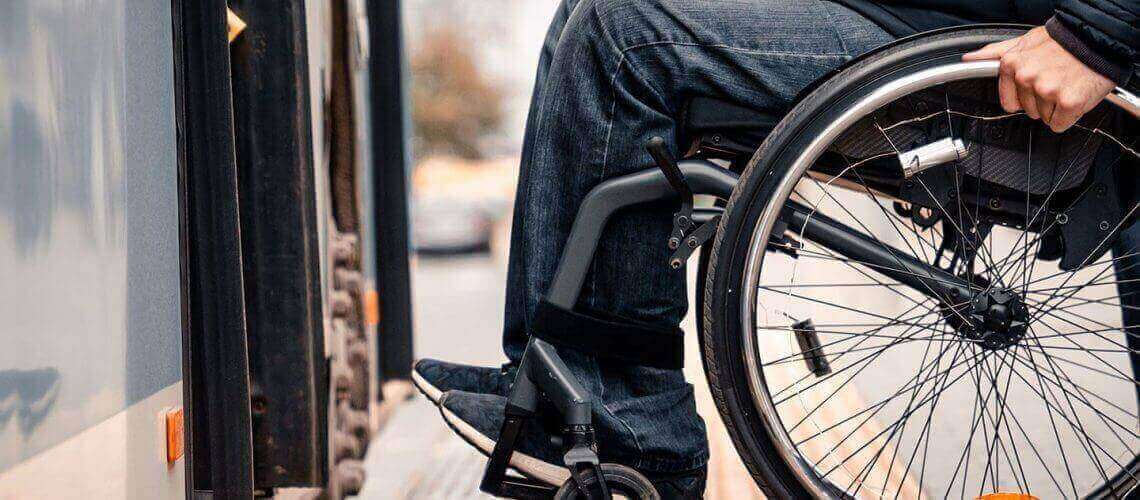Anyone involved with fleet management is obliged to pay close attention to efficiency because the nature of fleet management makes it a natural target for waste, excess, and inefficiency. Fuel usage is one area that a fleet manager must carefully observe since it is regularly one of the biggest expenses associated with operating a fleet of vehicles. Driver behaviors can also have a major impact on how fuel is consumed or conserved, so there are a number of ways that appropriate driving behavior has to be encouraged. As a manager, you’ll need to always keep the company’s best interests in mind, which means finding ways to improve the fleet management aspect. One such improvement that can have a major impact on your bottom line is vehicle upfitting.
What exactly is vehicle upfitting?
In the vehicle leasing or fleet leasing business, it’s fairly common to encounter some form of fleet upfitting or individual vehicle upfitting that improves the functionality or performance of a standard vehicle. The upfitting customizations are often in the area of fuel economy, vehicle performance, or maintenance improvement. While upfitting can be for cosmetic purposes, this occurs mostly in the private sector among individuals. In a business setting, upfitting is far more often used to increase vehicle performance so there is some kind of monetary savings and a definite advantage to the business.
Upfitting for commercial vehicles
Sometimes it becomes necessary to upfit business vehicles so they can be adapted for use in a specific business. For example, a minivan might need to undergo upfitting so it can be used to carry all the equipment and parts needed by an electrician, a plumber, or someone working in the construction field. By adopting the minivan for use as a company vehicle, it can be upfitted to carry bulky or large items, and it might even be fitted with several drawers or compartments where various parts can be stored. With a little customizing work, almost any vehicle can be adapted for use as a business vehicle, even if that business has very specialized needs. Here are some of the most common upgrades made to business vehicles:
- Refrigeration or cooling systems – when transporting goods requiring refrigeration, it will be necessary to maintain a specific temperature for possibly hours at a time. Medicines, food, liquids, and other substances often must be kept cool during transit, and refrigerating your work vehicle may be the most opportune way of doing that.
- Partitions in the load-carrying area – it may sometimes be advantageous to partition off the load-bearing section of the vehicle, for instance, if it became necessary to transport some object requiring refrigeration in transit. Depending on the size of the load area, several partitions could thus be created for greater diversity and usefulness.
- Greater capacity for carrying company-related equipment or parts – one way to provide more carrying capacity for a business vehicle is to add some roof racks, where goods can be secured during transport.
- Decals, company graphics, or displaying important business data – many businesses wish to promote the company brand by adding decals and signs to the sides of the vehicle, where observers can easily see them. Some important information like a street address, phone number, and operating hours might also be advertised on such signs.
- Equipment and parts specific to your industry – if your business deals in snow removal, you will be obliged to upfit your truck or tractor with a snow plow to accomplish the work. Similar requirements for other businesses might call for the same kinds of additions to a vehicle, so specific types of tasks can be completed.
- Handicap access – if your business routinely deals with transporting elderly or disabled persons, you might need to install handicap access on the vehicle, to make it safe for passengers.
- Flooring, siding, or interior improvements – when a van or truck is used as a mobile office kind of structure, installing some agreeable flooring makes the ride a lot smoother. Other improvements to the interior may be aesthetic in nature, or they may have some practical advantage they impart.
Specialized upfitting
Another class of vehicles that often requires upfitting to do the job is the class featuring emergency vehicles. Police vehicles, fire trucks, and emergency vehicles all need some special features added so they can be effective in carrying out the tasks associated with the job. For instance, police vehicles will require lights and bars to be added, emergency vehicles require areas for medical equipment to be stored, and fire trucks might need sirens, speakers, and extra communication equipment installed. All these kinds of emergency vehicles need to be able to navigate through heavy traffic using their sirens or light displays, so they can reach the site of the emergency quickly. Any upfitting needed will follow the same criteria as with other upfitting strategies – whatever helps you to perform the business task better or faster, is probably a worthwhile candidate for upfitting.


